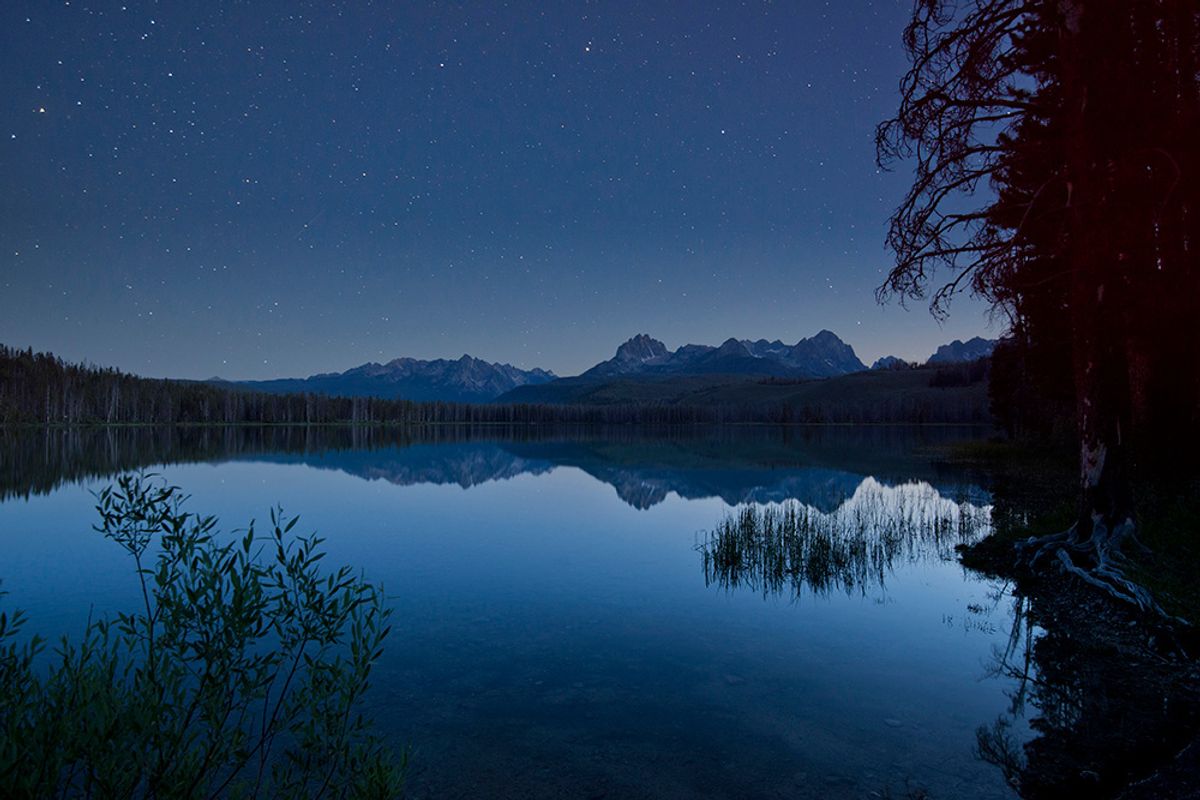Remember: timing, composition and inspiration.
Recent advances in digital technology have allowed us to bring small, powerful and durable devices deeper into the wild than ever before. We can capture places and moments that might have been too remote or dangerous to lug around a large format camera and heavy wooden tripod. Today we might not be as technically skilled or nearly as patient as the masters of old such as Ansel Adams, but we do get the opportunity to take some phenomenal shots that simply were not possible a hundred years ago.
I've created this three-part series for anyone interested in improving their skills as an outdoor photographer. In this first article I will focus on the fundamental rules that allow you to shoot quality photos with any level of camera you feel comfortable with. In the second article we will discuss how to use more complicated cameras on full manual mode. Finally in the third article I will show you how to take many of the nature photos you know and love such as shooting the Milky Way, capturing hummingbirds in flight, catching lightning mid-strike, or using a bunch of other fun techniques that will round out your outdoor portfolio.
Follow the timeless rules of composition, learn your camera, implement a few modern digital techniques, and you will have the foundations to take your skills to the next level.
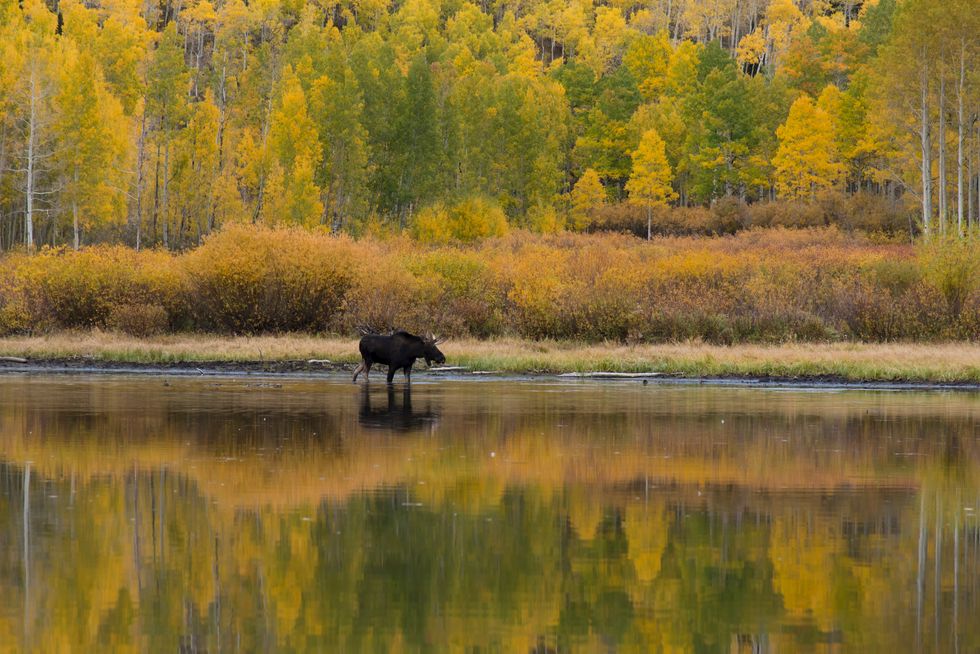
When to Head Out
While a good photographer can find beauty in most weather and locations, shooting at sunset produces very different results than shooting at noon. The harsh light of midday washes out colors, and most of the wildlife is bedded down to nap. Shooting at sunrise and sunset allows the light to relax and the colors to really come out. Angled light and the warm glow of these times gives photos a richness and contrast that can't be achieved with the sun overhead. The animals are much more active at dawn and dusk, as well. And seasonal timing can be just as important: Learn when local wildflowers bloom in your area, when the autumn colors tend to hit, or when seasonal migrations for birds and large mammals begin and plan your road trips, vacations and staycations accordingly. Every year is different, so stay flexible, because timing is everything.
Seeing Contrast and Chasing Light
One of the ways to become a photographer at heart is to start looking at the world in a different way. Start hunting for things people don't normally notice, such as contrast. The way light comes through broken clouds over a hillside, the sun shining through the trees, or shadows cast by their branches. The examples are endless, but these are the things that will give your scene life. Like knowing when to go out to find the best light, chasing it down has to become a normal practice to someone trying to improve their craft. It will soon become an obsession, really, because the best light usually only lasts for a short time.
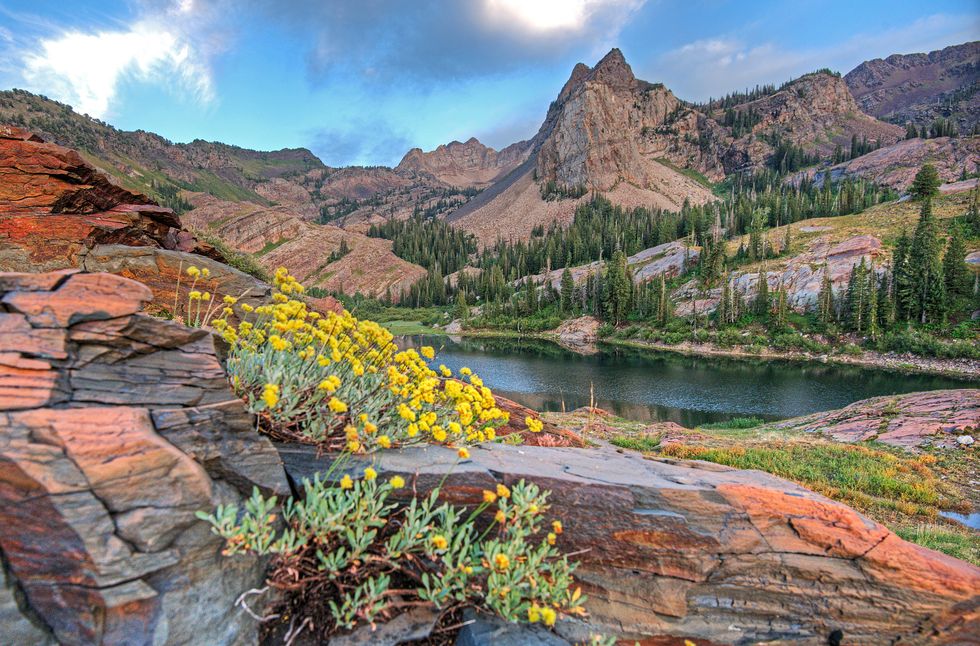
Rule of Thirds
I know, everyone knows about the Rule of Thirds, right? Put the subject off-center to make it more artistic? But hold on: Many people forget to use this concept on both the vertical and horizontal axis when composing a photograph. For instance, in your traditional alpine meadow landscape, put the wildflowers in the lower third of the image, the mountains in the middle third, and the sky and clouds in the upper third to use the rule "vertically" on horizontal photos.
The Golden Ratio
Also known as the Golden Mean, this is an age-old proportion that governs the rules of composition, and it can be found not only in art but in the shapes of our most beautiful buildings, or even the structure of a flower. If you study the paintings and architecture of the Renaissance masters, you'll find that they were avid users of this principle. The same idea relates to composing a photo. You want the viewers eyes to be drawn to elements within the photo in a circular motion, almost like a spiral that leads to the main subject. By using the rule of thirds in vertical and horizontal aspects and finding visual elements that convey motion or a vanishing point, you create a dynamic scene for the viewer. Click here to seen an example of a Fibonacci Spiral. This proportion is even offered as an overlay to crop your pictures in Photoshop and Lightroom because of how fundamentally important the shape is to design and art in general.
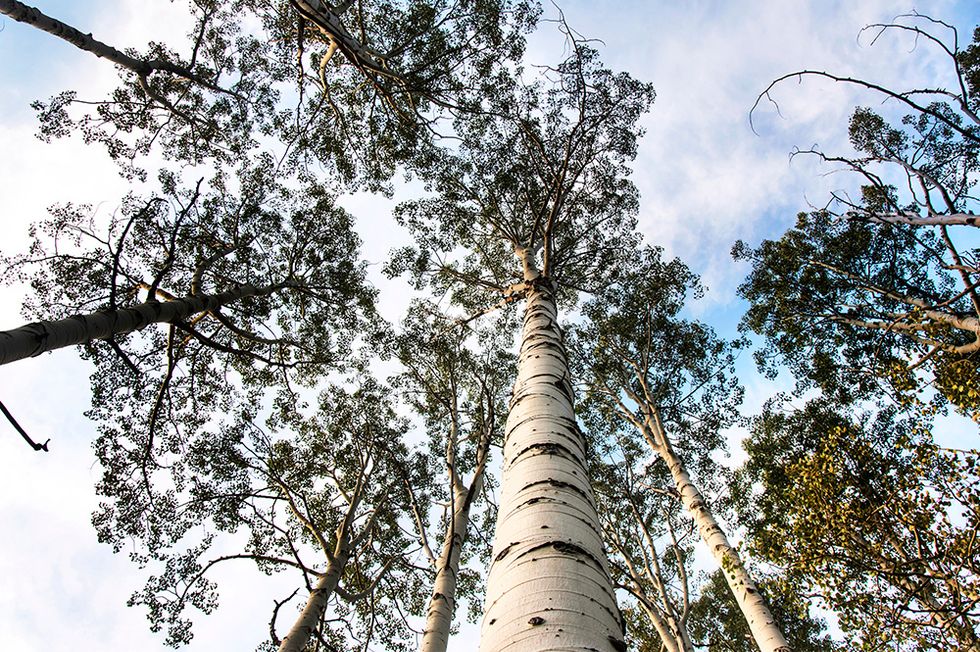
Using Vanishing Points
A skillful way to grab the attention of the viewer when shooting landscapes is to implement the use of a vanishing point. This draws the viewer's eye into the photo and gives the photo depth and dimension. Some common uses would be a meandering river heading off into the distance, a trail disappearing into the woods or a wooden fence along the rolling hills of a pasture. You can use this concept anywhere parallel lines look like they are coming together in the distance, like looking straight up in a tall forest.
Stacking the Elements
When a photo looks "flat," chances are it only has one element terms of how it is "stacked." Even a great mountain scene doesn't pack a punch with empty grass fields in the foreground. The photo can be greatly improved by finding a subject nearer to you and placing it in the lower third of the frame. Whether shown on a screen or a printed photo, we suffer from working in a two-dimensional medium. A good photographer will do their best to give the photo a three-dimensional feeling by adding elements at different distances to create depth.
Get Low, Get Small
One mistake we can make when first getting into shooting pictures along a hike is they all end up being taken from eye-level. Don't forget to get low and to interact with the world below you to drastically change the perspective of the scene. Once you drop down, the spring flowers along the trail work their way into frame more dramatically, or the autumn leaves that have fallen on the ground come into view. You can also explore some macro (close-up), texture or abstract photography as well. We often get wrapped up in the large vistas and dramatic views, but there are so many great things waiting to be found by making your world smaller and focusing in on the little things.
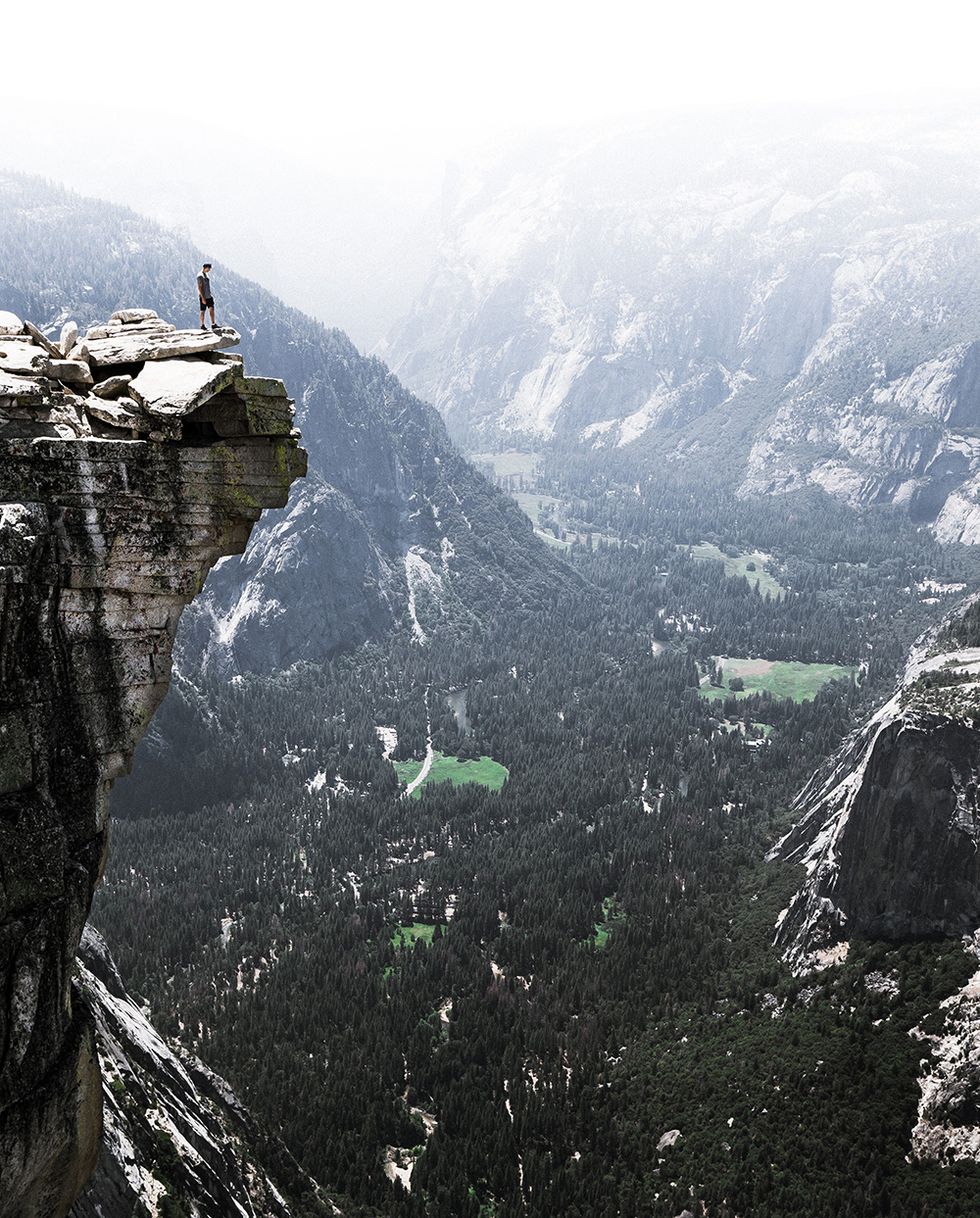
Give Us Some Scale and Bring Us There
It is hard to show just how big that amazing waterfall you hiked 5 miles up a mountain to see really is without some scale. Nature photo purists balk at the idea of putting man-made objects such as your backpack or hiking poles in the frame. When shooting "adventure" photography, however, it is all about showing people enjoying these beautiful locations together. (See? Change one word and we remove so many limitations.) Not only does it help us see just how giant a giant sequoia tree really is, for example, it also helps the viewer picture themselves being there. I don't want someone in every one of my photos, but whenever I get home from a hike these days, things feel sterile none of my shots include people having fun.
Be Inspired, Be Yourself
Social media has allowed literally millions of photographers to share their version of the world as they see it. On top of that, the magazines, documentaries or even someone's iPhone photos are all tremendous ways to be inspired to try new styles and challenges. Look around to find some photographers that put out art that stirs up your creative juices. A little inspiration can develop and nurture our own styles and hopefully slowly become artists ourselves.
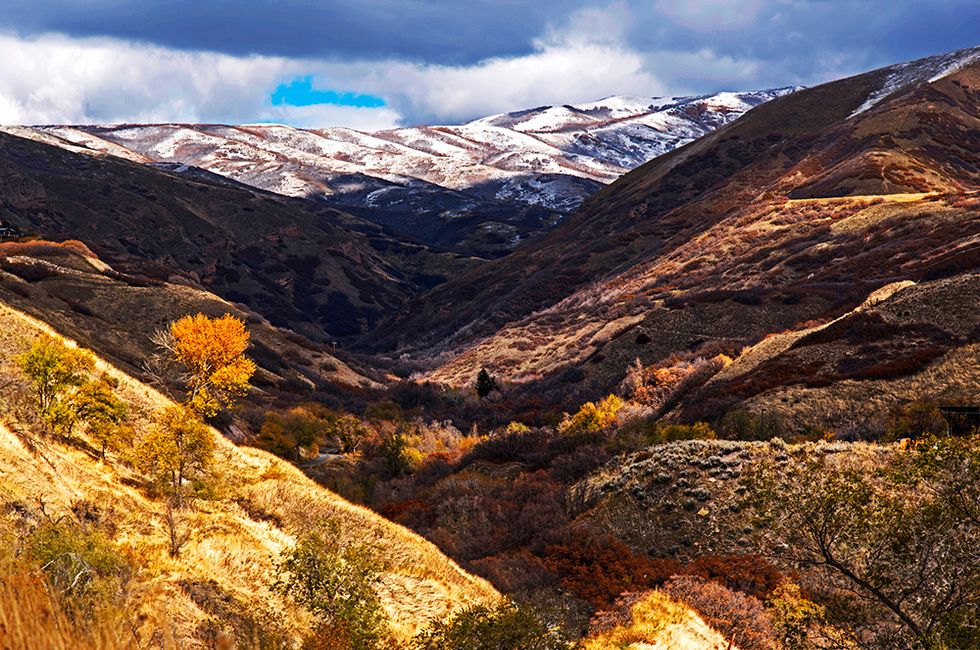
Live the Outdoors
The single most important thing to remember is that these photos won't go out and take themselves. It requires motivation and dedication to be out there in the elements, and that is going to give you better photos than any how-to article. I worked on my craft slowly, but I did it out on the trail where you come across real-world challenges. Being a good outdoor photographer starts with a deep love and appreciation of being outside first, and a desire to capture it second. Studying only takes you so far, and besides, rules are meant to be broken. So get outside and have some fun with it!
This article was written by Kyle Jenkins for Outdoor Project.
Stay tuned for the next article in this series, where we dive into the sometimes intimidating world of shooting outside in full manual mode.
Essential Tips for Great Outdoor Photography 02: Shooting in Manual Mode
Essential Tips for Great Outdoor Photography 03: Astrophotography, Panning, Bokeh and More



